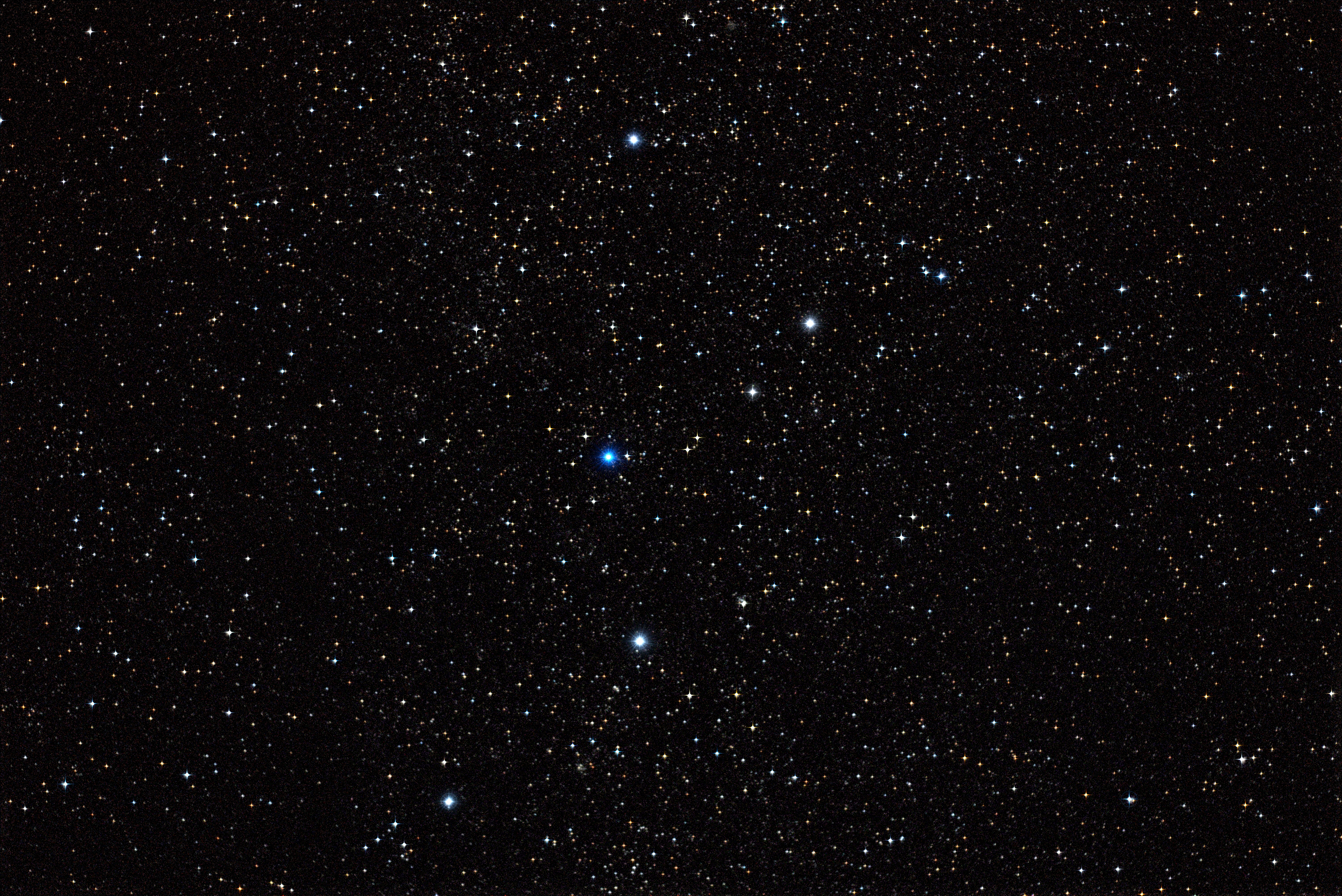|
GW 123.4-1.5
Galactic Worm 123.4-1.5 (GW 123.4-1.5) is an H I region with a mass of approximately 105 Mass of the Sun, MSun. It has an unusual mushroom-shaped structure that may be the result of having been formed by an infalling cloud slamming through the disc of the Milky Way from the other side. The high-velocity cloud in question is theorized as having hit at around 100 km/s, 5 years ago. References H I regions Cassiopeia (constellation) {{nebula-stub ... [...More Info...] [...Related Items...] OR: [Wikipedia] [Google] [Baidu] |
Cassiopeia (constellation)
Cassiopeia () is a constellation in the northern sky named after the vain queen Cassiopeia, mother of Andromeda, in Greek mythology, who boasted about her unrivaled beauty. Cassiopeia was one of the 48 constellations listed by the 2nd-century Greek astronomer Ptolemy, and it remains one of the 88 modern constellations today. It is easily recognizable due to its distinctive ' W' shape, formed by five bright stars. Cassiopeia is located in the northern sky and from latitudes above 34°N it is visible year-round. In the (sub)tropics it can be seen at its clearest from September to early November, and at low southern, tropical, latitudes of less than 25°S it can be seen, seasonally, low in the North. At magnitude 2.2, Alpha Cassiopeiae, or Schedar, is generally the brightest star in Cassiopeia, though it is occasionally outshone by the variable Gamma Cassiopeiae, which has reached magnitude 1.6. The constellation hosts some of the most luminous stars known, including the yel ... [...More Info...] [...Related Items...] OR: [Wikipedia] [Google] [Baidu] |
H I Region
An HI region or H I region (read ''H one'') is a cloud in the interstellar medium composed of neutral atomic hydrogen (HI), in addition to the local abundance of helium and other elements. (H is the chemical symbol for hydrogen, and "I" is the Roman numeral. It is customary in astronomy to use the Roman numeral I for neutral atoms, II for singly-ionised—HII is H+ in other sciences—III for doubly-ionised, e.g. OIII is O++, etc.) These regions do not emit detectable visible light (except in spectral lines from elements other than hydrogen) but are observed by the 21-cm (1,420 MHz) region spectral line. This line has a very low transition probability, so it requires large amounts of hydrogen gas for it to be seen. At ionization fronts, where HI regions collide with expanding ionized gas (such as an H II region), the latter glows brighter than it otherwise would. The degree of ionization in an HI region is very small at around 10−4 (i.e. one particle in 10,000). At typical i ... [...More Info...] [...Related Items...] OR: [Wikipedia] [Google] [Baidu] |
Mass Of The Sun
The solar mass () is a standard unit of mass in astronomy, equal to approximately . It is often used to indicate the masses of other stars, as well as stellar clusters, nebulae, galaxies and black holes. It is approximately equal to the mass of the Sun. This equates to about two nonillion ( short scale), two quintillion (long scale) kilograms or 2000 quettagrams: The solar mass is about times the mass of Earth (), or times the mass of Jupiter (). History of measurement The value of the gravitational constant was first derived from measurements that were made by Henry Cavendish in 1798 with a torsion balance. The value he obtained differs by only 1% from the modern value, but was not as precise. The diurnal parallax of the Sun was accurately measured during the transits of Venus in 1761 and 1769, yielding a value of (9 arcseconds, compared to the present value of ). From the value of the diurnal parallax, one can determine the distance to the Sun from the geometry ... [...More Info...] [...Related Items...] OR: [Wikipedia] [Google] [Baidu] |
High-velocity Cloud
High-velocity clouds (HVCs) are large collections of gas found throughout the galactic halo of the Milky Way. Their bulk motions in the local standard of rest have velocities which are measured in excess of 70–90 km s−1. These clouds of gas can be massive in size, some on the order of millions of times the mass of the Sun (\beginM_\odot\end), and cover large portions of the sky. They have been observed in the Milky Way's halo and within other nearby galaxies. HVCs are important to the understanding of galactic evolution because they account for a large amount of baryonic matter in the galactic halo. In addition, as these clouds fall into the disk of the galaxy, they add material that can form stars in addition to the dilute star forming material already present in the disk. This new material aids in maintaining the star formation rate (SFR) of the galaxy. The origins of the HVCs are still in question. No one theory explains all of the HVCs in the galaxy. However, it is ... [...More Info...] [...Related Items...] OR: [Wikipedia] [Google] [Baidu] |
H I Regions
H, or h, is the eighth letter in the Latin alphabet, used in the modern English alphabet, the alphabets of other western European languages and others worldwide. Its name in English is ''aitch'' (pronounced , plural ''aitches''), or regionally ''haitch'' ."H" ''Oxford English Dictionary,'' 2nd edition (1989); ''Merriam-Webster's Third New International Dictionary of the English Language, Unabridged'' (1993); "aitch" or "haitch", op. cit. History The original Semitic letter Heth most likely represented the voiceless pharyngeal fricative (). The form of the letter probably stood for a fence or posts. The Greek Eta 'Η' in archaic Greek alphabets, before coming to represent a long vowel, , still represented a similar sound, the voiceless glottal fricative . In this context, the letter eta is also known as Heta to underline this fact. Thus, in the Old Italic alphabets, the letter Heta of the Euboean alphabet was adopted with its original sound value . While Etruscan and La ... [...More Info...] [...Related Items...] OR: [Wikipedia] [Google] [Baidu] |

